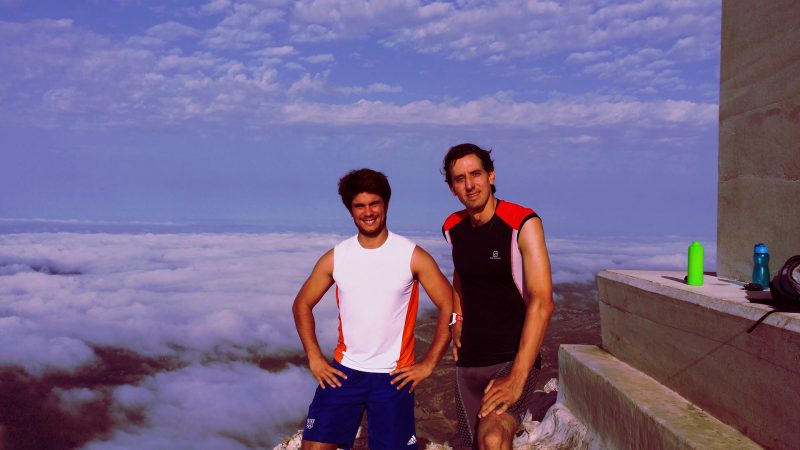Few sports can be as universal as running. If you asked a group of people “who has never played golf in your life?” it’s likely that some would raise their hands. But who has never run? Anyone who has the ability to run does so, at some point or another. Maybe at school during physical education, maybe for fun with friends or as a hobby. Maybe, you were just really late to catch a bus or a plane, and you ran your way to it. If everyone runs at some point, only a few keep doing it for pleasure, meaning that lifelong running is something only a few end up doing. We lose motivation, or get injured, or simply get busy.
It’s not possible to prevent all injuries, and the normal cycle of life eventually slows us down. Still, we can run most of our life. Robert Marchand, at age 102, finished the world record of hour on a bike. As he got off the bike and he found too many journalists, he started running: away from them. At 102, after cycling for 60 minutes. In the pro running category, Dominique Chauvelier has been competing at world events since 1981. As of 2017, 36 years later, he is still at the top of his age category.
How to eat an elephant: lifelong running 101
We don’t need to commit to running when we no longer can, or no longer feel like it. All we need to do, is take it one day at a time. The saying goes that if you want to eat an elephant you should start easy, and one bite at a time, eventually you will complete the task. This is therefore not about speed, peak performance, which by definition only last for a period of time, when we’re young, when we’re trained. Eventually this state vanishes. But running can go on.
Life becomes the marathon
What stops us then? When we run a marathon the first miles are easy. We’re saving energy for later, and we run well below our top speed. It feels effortless. That state of mind and spare capacity should be the driving force of your attitude towards running, if you want to run for a long time. Don’t hurt yourself pushing too hard. Don’t run so much that it becomes unpleasant. Eventually, the last miles of the marathon get harder. But if we saved enough forces along the way, we’ll have the mental and physical resources to make it to the end. In the ideal state, we should finish the marathon unhurt, and be able to walk the next day. This, in my opinion, is what makes for a successful marathon: you completed the distance at a decent pace, and you finish unhurt. Translating the idea to running over a lifetime, the longer we can remain unhurt, unharmed physiologically and mentally, the longer we remain capable of running and having a good time doing so.
You set the goals that satisfy you
The goals have to be yours. You should be the person who knows yourself the best. You know what you want to achieve, whether it’s running easy without racing, or completing a 5K, a half marathon, the full distance, or going to even more length with “ultras”. Setting the goals requires us to be flexible. If the ultimate goal is to stay in good shape for life, you don’t want to power through a race while injured just because you put it in your mind to finish it. Some injuries cause permanent damage if they are not allowed to heal. Sometimes you will need to change your plans and take extended rests to recover. A state of mind geared towards lifelong running will give your body the ability to heal, at which point you can restart gradually and get back to running pain-free.
It’s easier with the right tools and techniques
One of my university teachers used to say that all of us, the students in the room, would eventually learn and figure out what he knew. His job, he said, was to save us time. Tools and methods exist for this purpose. No one needs to reinvent the wheel, or reconstruct the internet from scratch. These things exist. Likewise, there is such a thing as training for a marathon the wrong way, and there is such a thing as doing it right. We may not win the race, but we can certainly do better with the right approach.


Leave a Reply